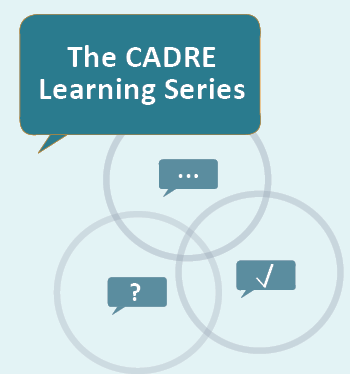Specific to the topic of oxidation–reduction (redox), teachers are obligated by the discipline to prioritise symbolic traditions such as writing equations, documenting oxidation states, and describing changes (e.g., what undergoes oxidation/reduction). Although the chemistry education research community endorses connecting the vertices of Johnstone's triangle, how symbolic traditions undermine chemistry concept development, especially during lesson planning and teaching, is underexplored. To clarify this gap, we use the Mangle of Practice framework to unpack the clash between symbolic vs.
Short Description
Specific to the topic of oxidation–reduction (redox), teachers are obligated by the discipline to prioritise symbolic traditions such as writing equations, documenting oxidation states, and describing changes (e.g., what undergoes oxidation/reduction). Although the chemistry education research community endorses connecting the vertices of Johnstone's triangle, how symbolic traditions undermine chemistry concept development, especially during lesson planning and teaching, is underexplored. To clarify this gap, we use the Mangle of Practice framework to unpack the clash between symbolic vs. particulate-focused instruction.
 Broadening participation in PreK–12 STEM provides ALL students with STEM learning experiences that can prepare them for civic life and the workforce.
Broadening participation in PreK–12 STEM provides ALL students with STEM learning experiences that can prepare them for civic life and the workforce.